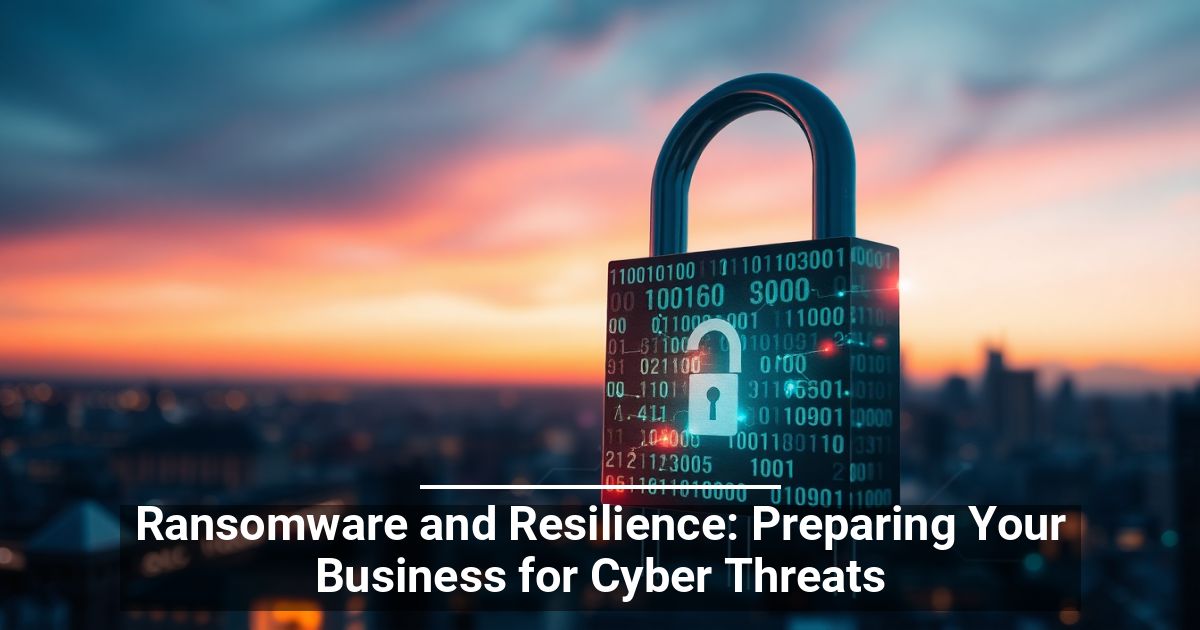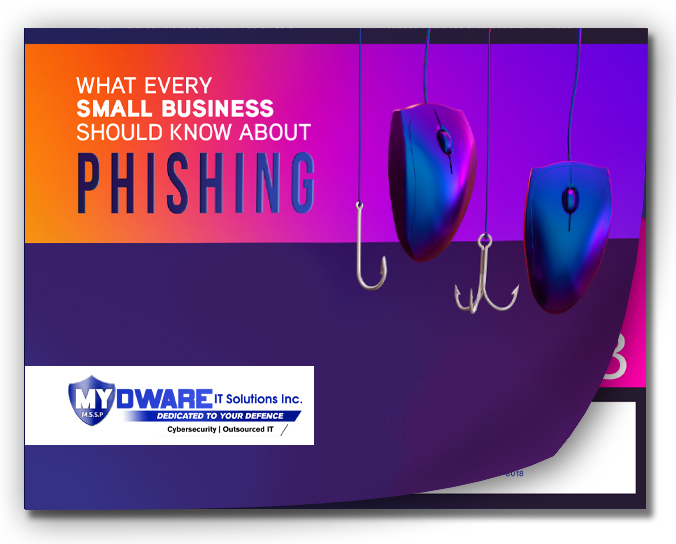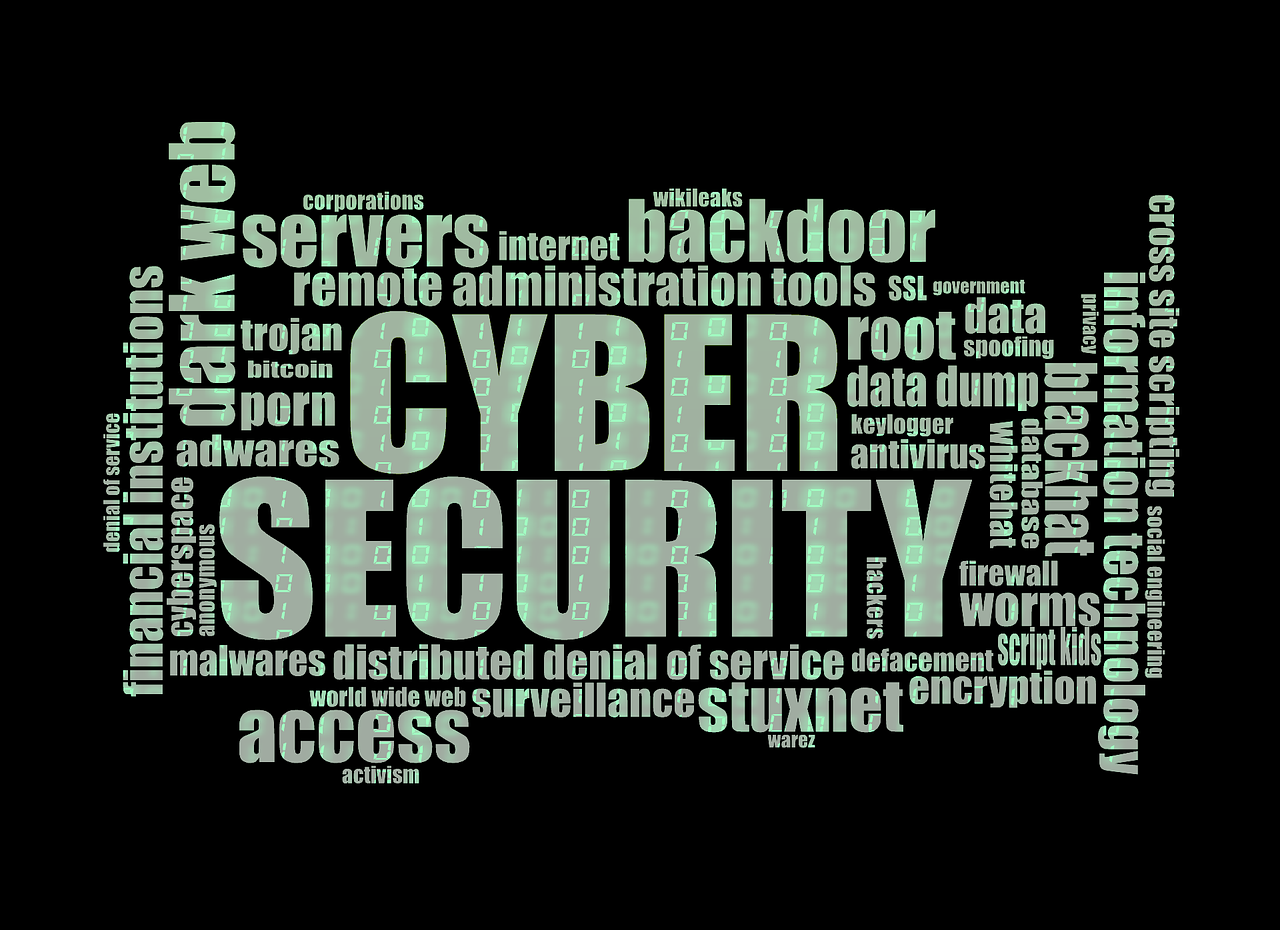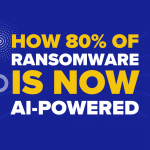 What would you do if cybercriminals held your company data hostage? Unfortunately, these incidents are becoming more commonplace.
What would you do if cybercriminals held your company data hostage? Unfortunately, these incidents are becoming more commonplace.
Prepare for the growing threats. Keep reading to learn more about ransomware and resilience.
What Is Cyber Resilience?
Traditional security strategies focus solely on defense. Cyber resilience takes this further by helping businesses recover successfully when things go wrong.
The key components of this practice include:
- Preparedness: Prepare response plans for ransomware attacks and other incidents. Having protocols in place reduces confusion during a crisis.
- Detection: Advanced monitoring tools help you identify threats early and act quickly. The faster your team spots an issue, the better they can mitigate the damage.
- Response: Well-practiced containment measures and communication strategies make an otherwise critical situation more manageable.
- Recovery: How do you restore operations after the dust settles? Backup systems and strong recovery plans help minimize downtime and restore trust with clients and stakeholders.
The Cost of a Ransomware Breach
Why should you proactively account for ransomware and resilience? Ransomware is a form of malware that encrypts the victim’s data and renders its files inaccessible. Hackers then demand payment to unlock it.
Settling the ransom doesn’t guarantee anything, though. Cybercriminals may take the money and still leak or sell the data. They target organizations of all sizes across various industries.
The potential consequences include:
- Financial losses from the cost of paying ransoms and lost business during downtime
- Reputational damage that leads to losing the trust of clients and partners
- Deleted or exposed company data, which includes sensitive employee and client details
- Legal consequences, including potential fines and GDPR or CCPA compliance violations
Staying Ahead of Ransomware Threats
It’s not about if an attack will happen but when. Follow these steps to protect your business:
Back-Up Your Data
Consistent backups are one of the most robust and straightforward ways to defend against ransomware. We recommend the 3-2-1 strategy: copy the data three times, store it on two types of media, and keep one in an offsite location. Also, test the recovery process in advance.
Train Your Staff
Human error remains a top cybersecurity risk. That’s why you should make threat awareness a part of your company culture. Teach employees to recognize phishing emails, suspicious links, and unusual activity.
Secure Every Endpoint
Attackers prefer to target servers, laptops, mobile devices, and other endpoints because they’re often the weakest link. Use protective measures like antivirus software, encryption, and firewalls. Keep operating systems updated to patch vulnerabilities.
Create an Incident Response Plan
How do you isolate the affected system? What will you communicate to your stakeholders? Outline the different roles, responsibilities, and actions during a cyber event.
Create clear and simple steps, then practice them regularly.
Secure Your Business’s Future in Today’s Digital World
Always consider the worst-case scenario for ransomware and resilience. It’s better to overprepare than to scramble during crucial moments. Regular training, strong security measures, and a solid plan mean fewer surprises and less downtime.
Darryl Cresswell
CEO & President
MYDWARE IT Solutions Inc.




